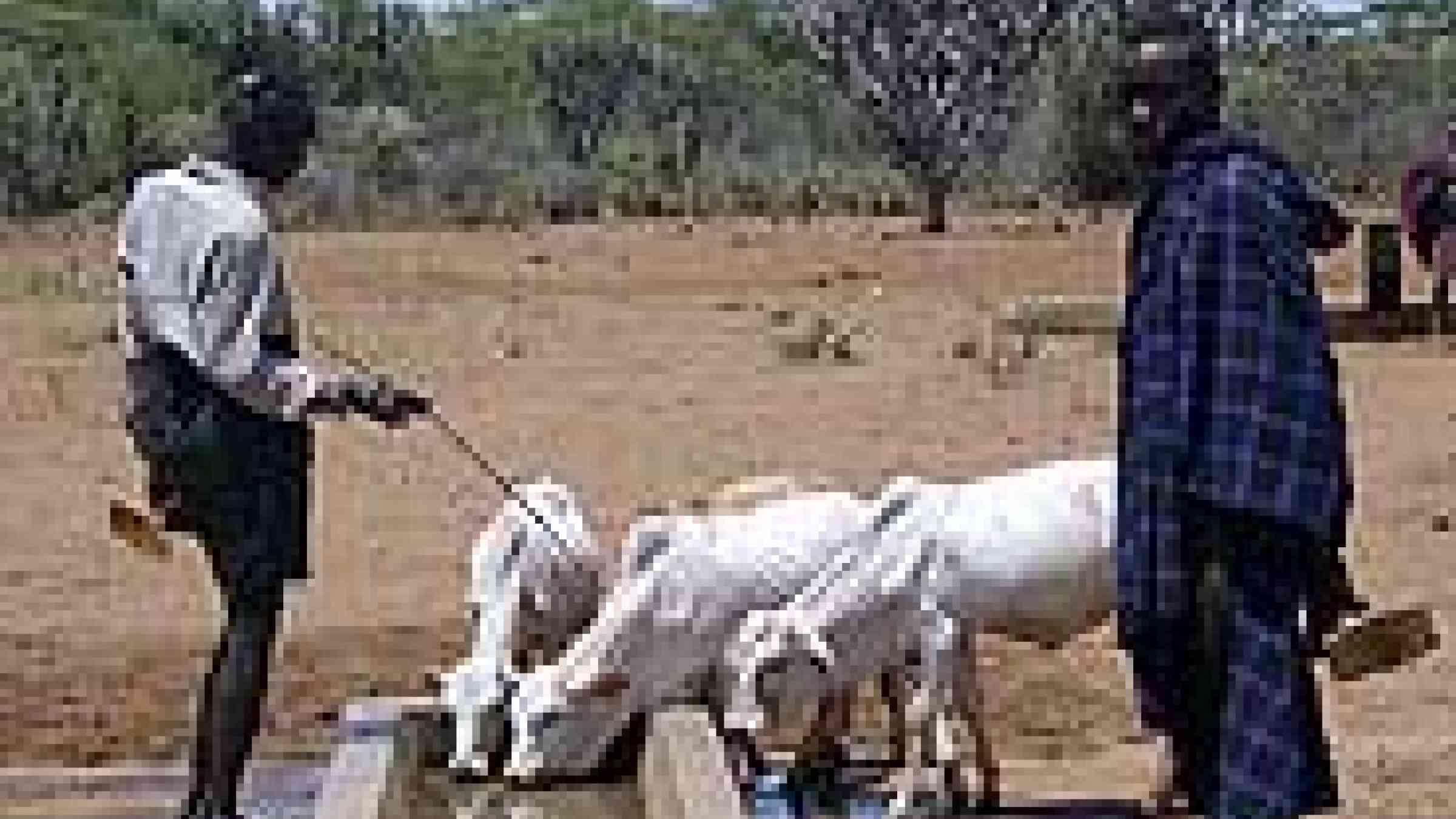Uganda: Water scheme proposed for parched Karamoja

Moroto - Long considered Uganda's most marginalised region, Karamoja's fortunes could change if a proposed water storage and irrigation scheme takes off, a senior government official has said.
"We plan to start small-scale irrigation schemes to alleviate the problem of unreliable rainfall," said Aston Kajara, state minister for Karamoja development. "Karamoja is going to have a permanent water equipment unit to provide water for both food production and home consumption."
Previous attempts to build dams in Karamoja, however, failed to resolve the region's perennial water problems, Peter Otim, an expert at the Uganda Centre for Basic Research, warned.
"Irrigation schemes are good for agricultural production, but they must capture the imagination of the local people," he said. "It is everybody’s hope that the programme does not displace local people for large-scale farming; this would be a recipe for more conflicts."
Home to about 1.1 million people, Karamoja is Uganda’s poorest region. It has also been hardest-hit by the effects of climate change and is suffering a third consecutive year of drought that has left most of the population on the brink of starvation.
According to the Ugandan government, frequent droughts have resulted in the lowering of the water table especially in "cattle corridor" districts like those in Karamoja, decreased rainfall and increased temperatures.
Report
"Drought is the single most important and widespread disaster in Uganda," noted a 2007 report entitled Climate Change, Uganda National Adaptation Programmes of Action.
"It is increasing in frequency and severity, particularly in the semi-arid areas of the cattle corridor. The rural poor, whose livelihoods are dependent on natural resources, are most affected," the report said.
Pastoralists in Karamoja have over the years engaged in inter-communal conflicts over pasture, water and livestock.
An official said the Karamojong consume an average of no more than five liters a day per person, compared to the globally recommended minimum of 15 litres.
"We get up early in the morning to locate patches that are still wet," Jessica Mapeyok explained to IRIN. "Then we dig deep and when we find water, scoop it [up] with our containers. Some days we do not find any and the search continues."
New strategy
Otim warned that the new strategy needed to be understood by people in Karamoja:
"[Previously] contracts for dams were awarded in Kampala and heavy machinery was simply moved in to do the job without involving the people... Some dams included using windmills to pump water onto a trough for livestock, but the [pastoralists] came and removed the equipment because they did not understand how it worked and they were never involved in its establishment."
Previously, some dams were located in valley areas and got washed away: "The best shot should be labour-based construction where the locals participate in construction; this builds ownership," Otim said, adding: "This would engage many people and in the process reduce the manpower for cattle raids."
Other projects
The government has also set up the Karamoja Integrated Disarmament and Development Plan, primarily to try to blend modernity and traditional ways in the region.
The project is studying how traditional agricultural practices in the region can be improved and is looking to introduce improved seeds compatible with harsh climatic conditions.
The recently reopened Nabwiny agricultural institute will help develop quick maturing seeds suitable for local conditions, State Minister Kajara said.
Musa Ecweru, state minister for disaster preparedness, said upland rice growing had started in the rain belts of Namaro, Liliri, Kalenga and Lolelia.
"We hope that these opportunities will be taken up by the community so that we address the problem of food insecurity and famine in the region [and] stop the culture of food donations," he said.
vm/eo/cb